
Electric Bike PAS: Complete Guide to Pedal Assist Systems
A Pedal Assist System (PAS) on an electric bike boosts your pedaling, making rides easier and longer. Unlike throttles, PAS engages only when you pedal, delivering smooth, efficient support. Understanding electric bike PAS can help you choose the right assistance level for every ride.
What Does PAS Mean on an Electric Bike?
PAS stands for Pedal Assist System, a technology on electric bikes that provides motorized support while you pedal. Unlike throttle-based e-bikes, which can move the bike independently with a twist or button press, PAS only engages when you apply pedal power, giving a more natural and controlled cycling experience.
The system relies on four key components: the motor, battery, controller, and sensors (cadence, torque, or angle). These elements work together to measure your pedaling effort and adjust the motor output accordingly.
With PAS, riding feels smoother and less strenuous, especially on hills or long rides, while still allowing you to maintain an active cycling experience.
How Electric Bike PAS Works
A Pedal Assist System (PAS) works by using sensors to detect your pedaling and send signals to the motor controller, which adjusts the motor’s power to match your effort. This ensures smooth and responsive assistance.
Different sensors provide different responses: cadence sensors track pedal speed, torque sensors measure pedaling force, and angle sensors monitor pedal position for smoother starts, stops, and hill climbs.
Together, these components make electric bike PAS efficient, reduce fatigue, and provide a natural, enjoyable riding experience.
Types of PAS Sensors on Electric Bikes
An electric bike PAS uses sensors to control how much motor assistance is provided while pedaling. The type of PAS sensor affects ride feel, efficiency, and responsiveness, making it important to understand the differences before choosing an e-bike.
Cadence Sensor
A cadence sensor in an electric bike PAS detects pedal rotation speed. When you pedal, the motor engages to provide consistent assistance. This sensor works well for casual riders and flat terrain, though it may feel less responsive on steep hills.
Torque Sensor
A torque sensor measures how hard you pedal. In an electric bike PAS, it delivers power proportionally to your effort, creating a natural and smooth riding experience. Torque sensors are ideal for hills, heavy loads, and riders seeking precise control.
Angle Sensor
An angle sensor tracks pedal position relative to the ground. In an electric bike PAS, it ensures smooth motor response during starts, stops, and directional changes. This improves ride fluidity, reduces jolts, and is perfect for stop-and-go city riding or technical trails.
Choosing the right PAS sensor for your electric bike impacts comfort, efficiency, and overall performance. Understanding the differences between cadence, torque, and angle sensors helps riders maximize their electric bike PAS experience.
Pedal Assist Levels Explained
An electric bike PAS provides multiple pedal assist levels that determine how much motor power helps you while pedaling. Most systems feature levels 0–5, while some use names like Eco, Tour, Turbo, or Boost. Level 0 offers no assistance, while higher levels progressively reduce pedaling effort for a smoother and faster ride.
Level 0: No Assistance
At Level 0, the motor does not provide any support. Your e-bike functions like a traditional bike, helping conserve battery and giving full control over pedaling effort.
Levels 1–2: Light Assistance (Flats)
Levels 1 and 2 provide light motor assistance, ideal for flat terrain, casual rides, or conserving battery. These levels give a slight boost without replacing pedaling effort entirely.
Levels 3–4: Moderate Assistance (Hills/Cargo)
Levels 3 and 4 offer moderate assistance, perfect for hilly routes, carrying cargo, or longer commutes. These levels reduce strain on your legs while maintaining a natural riding experience.
Level 5: Maximum Assistance (Steep Climbs/High Speed)
Level 5 delivers maximum motor support, making steep climbs or high-speed rides easier. Use this level sparingly, as it consumes battery faster, but it’s excellent for demanding terrain or heavy loads.
Tips for Selecting PAS Levels
Choose the PAS level based on terrain, fitness, and cargo. Combine PAS levels with bike gears for optimal efficiency: use lower gears with higher PAS levels on climbs, and higher gears with lower PAS levels on flats to save battery and enjoy a smoother ride.
Benefits of Using Electric Bike PAS
A pedal assist system (PAS) on an electric bike enhances your riding experience by making pedaling easier and more efficient. PAS e-bikes provide the perfect balance between motor assistance and physical effort, helping riders of all abilities enjoy longer and more comfortable journeys.
Key Benefits of Electric Bike PAS:
-
Reduced Pedaling Effort: The motor assists with each pedal stroke, reducing fatigue on longer rides.
-
Improved Battery Efficiency & Range: Motor support is only active while pedaling, extending battery life and ride distance.
-
Smooth, Natural Riding Experience: AS maintains a traditional cycling feel compared to electric bikes with throttles.
-
Accessible Exercise for Seniors & Riders with Mobility Challenges: Pedal assist provides safe and supportive exercise for those with limited strength or endurance.
-
Enhanced Freedom & Mobility: PAS allows you to tackle hills, longer routes, and new terrains with ease.
With an electric bike PAS, riders can enjoy effortless cycling while boosting fitness, independence, and overall riding enjoyment.
How to Use Electric Bike PAS Effectively
Using your electric bike PAS effectively can make every ride smoother, more efficient, and more enjoyable. Choosing the right pedal assist level based on terrain, rider effort, and fitness is key to getting the most out of your e-bike.
Select the Right PAS Level
For flat roads or casual rides, low PAS levels help conserve energy and extend battery life. Hilly terrain or carrying cargo may require higher PAS levels to reduce leg fatigue and maintain speed.
Combine PAS Levels with Gears
Pairing pedal assist levels with your bike’s gears optimizes performance. Lower gears with higher PAS levels make uphill climbs easier, while higher gears with moderate PAS levels work well on flats and downhill stretches.
Conserve Battery
To maximize battery range, start rides with lower PAS levels and increase only when necessary. Avoid using maximum assistance continuously unless needed for steep hills or strong headwinds.
Tips for All Riders
Beginners should start with lower PAS levels to get used to motor support and gradually increase as confidence grows. Experienced riders can experiment with different PAS settings to balance speed, effort, and battery efficiency.
Using your electric bike PAS wisely ensures longer rides, less fatigue, and a more enjoyable cycling experience every time.
Conclusion
Electric bike PAS provides a natural, comfortable ride while conserving battery and adapting to different terrains. Experimenting with various PAS levels on isinwheel e-bikes helps you find the perfect balance of effort, speed, and range. Test ride or explore isinwheel PAS-equipped e-bikes to experience smoother, more efficient cycling today.
The Latest Posts
Explore isinwheel products
City E Scooter | Off-Road Scooter
Fastest Scooter | Kids Scooters




















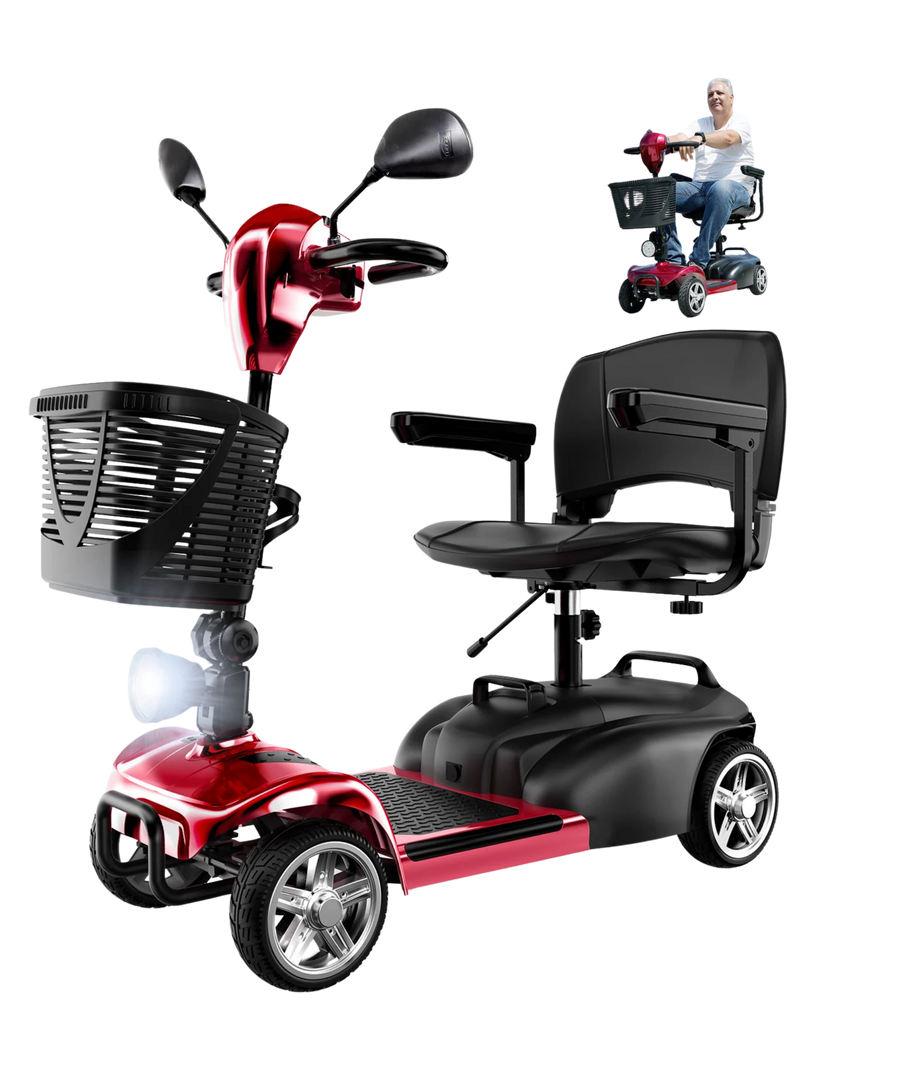
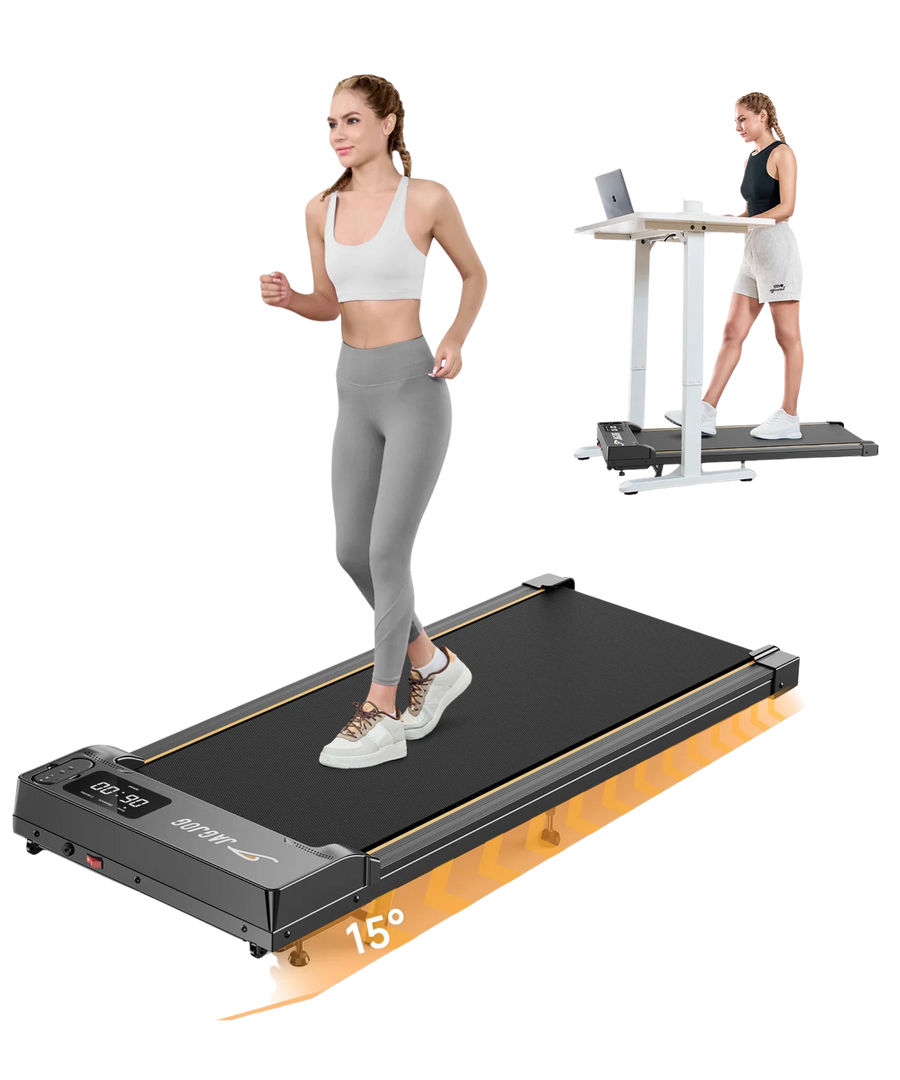

























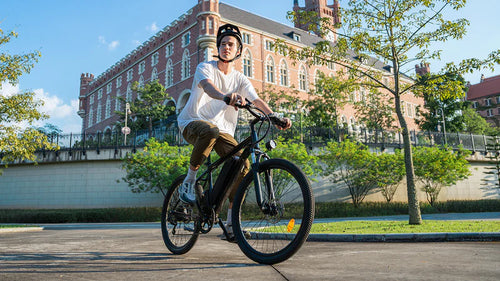
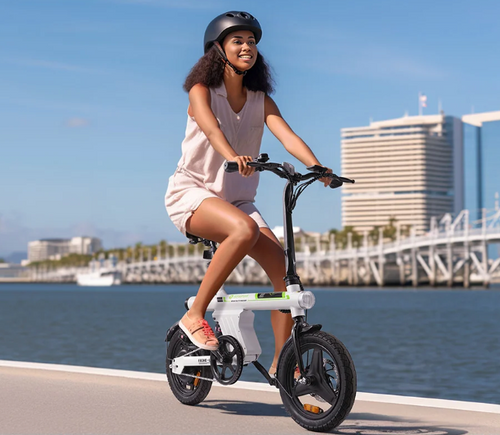



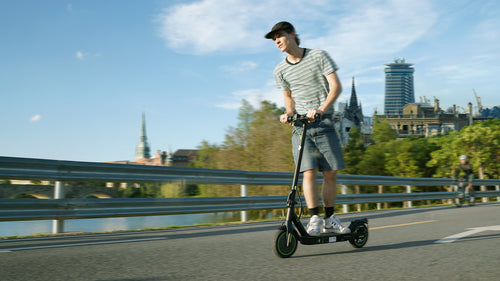


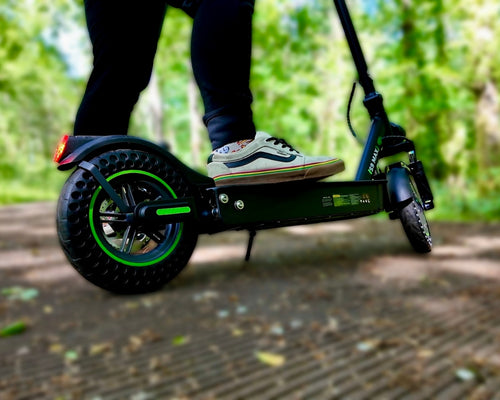
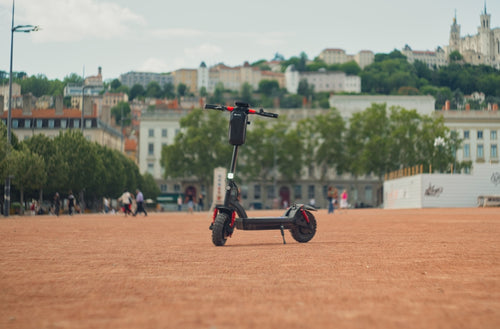
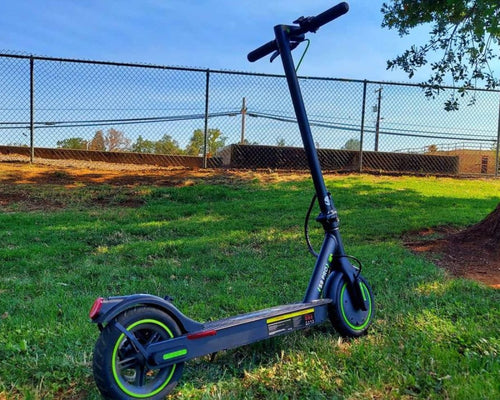





Leave a comment